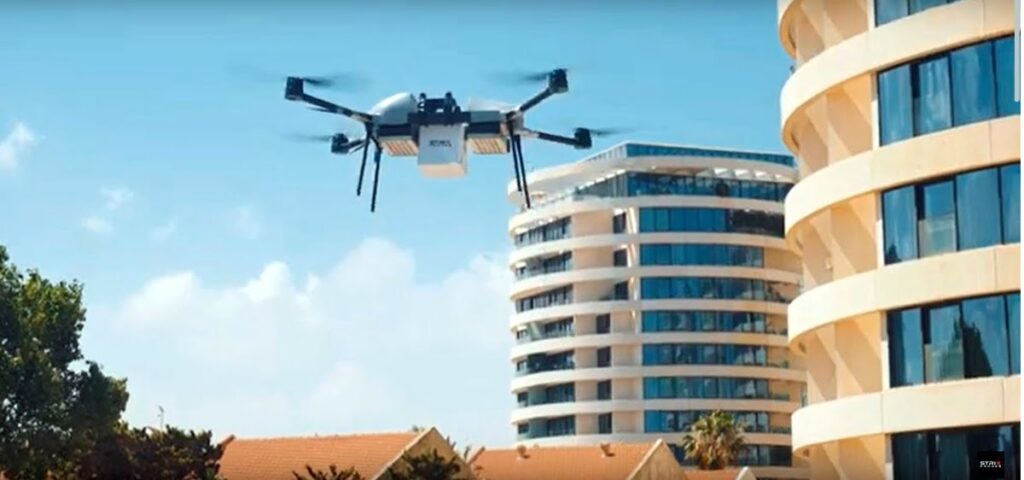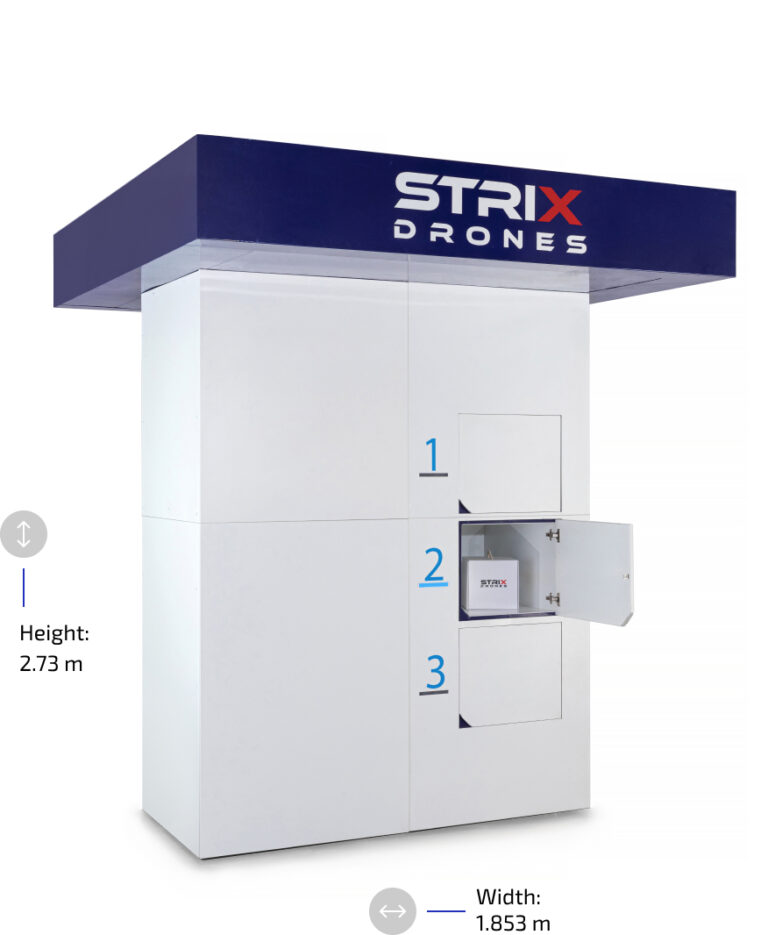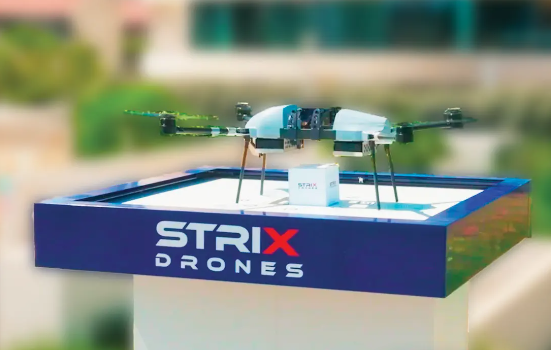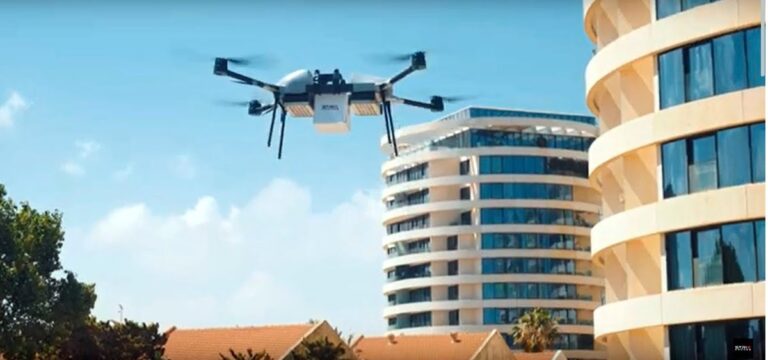Quadcopters, a type of rotorcraft with four rotors, have a fascinating history that begins in the early 20th century. The first known quadcopter was the Gyroplane No. 1, created in 1907 by Jacques and Louis Bréguet, with the assistance of Professor Charles Richet. This early model demonstrated the potential for vertical flight, although it was unstable and required manual stabilization.
In the 1950s, the Convertawings Model A Quadrotor showcased the viability of the quadrotor design for forward flight, though it did not achieve commercial success. The 1960s saw further experimentation, such as the Gloster Crop Sprayer project, which remained undeveloped.

What Are the Modern Technological Advancements?
The resurgence of interest in quadcopters began in the 2000s, driven by significant technological advancements that enhanced their capabilities and applications. Initially popularized as recreational devices, quadcopters have become essential tools in various industries due to improvements in design and technology.
What Are the Key Technological Developments?
Several technological concurrent breakthroughs all contributed to the new renaissance for Drones:
- Autonomous Flight and AI
Modern quadcopters are increasingly capable of autonomous flight, thanks to sophisticated algorithms and AI. These technologies enable drones to navigate complex environments, make real-time decisions, and reduce the need for human intervention.
- Materials and Design
The use of lightweight yet strong materials like carbon fibers and composites has improved quadcopter durability and performance. Advanced coatings provide protection and enhance flight dynamics, making them suitable for diverse environments.
- Battery Technology
Innovations in battery technology, such as solid-state and lithium-sulfur batteries, have extended flight times and improved energy efficiency. These advancements allow quadcopters to undertake longer missions, crucial for applications like surveillance and data collection.
- Payload Capacities
Design and materials have increased payload capacities, enabling quadcopters to carry sophisticated sensors and equipment. This capability expands their use in industries such as aerial photography, surveying, and environmental monitoring.
- Communication and Navigation
High-frequency communication systems and advanced navigation technologies, including satellite systems and sense-and-avoid systems, have improved the reliability and safety of quadcopters. These features allow for operations beyond visual line of sight, crucial for applications in agriculture and infrastructure inspection.
How Can We Achieve Beyond Visual Line of Sight (BVLOS)?
Achieving BVLOS operations is a significant milestone in the evolution of quadcopter technology, enabling drones to operate beyond the visual range of the pilot. This capability expands the potential applications of drones across various industries.
What Are the Key Technologies for BVLOS?
The additional technologies that contributed to the ability to fly BVLOS are:
- Sense and Avoid Systems
Essential for BVLOS operations, these systems use sensors and algorithms to detect and avoid obstacles, ensuring safe navigation in complex airspaces.
- Advanced Communication Networks
Reliable communication is crucial for BVLOS. Mobile networks like 4G, LTE, and 5G provide the necessary infrastructure for long-distance control and data transmission, making them ideal for BVLOS operations.
- Autonomous Flight Capabilities
Autonomy reduces the need for constant human oversight, allowing drones to perform tasks efficiently. This includes automated takeoff, navigation, and landing.
What Are the Benefits of BVLOS Flights?
BVLOS flights offer multiple additional benefits including:
- Extended Rangs
BVLOS allows drones to cover larger areas without the need for redeployment, making them ideal for applications like infrastructure inspection, agriculture, and delivery services.
- Increased Efficiency
By eliminating the need for visual line-of-sight, drones can operate more efficiently, reducing time and cost for tasks such as mapping and surveying.
Challenges and Solutions
Several challenges remain on the way of enjoying widespread BVLOS flights:
- Regulatory Hurdles
Obtaining approval for BVLOS operations can be complex. Engaging with regulatory bodies early and demonstrating safe operations can help overcome these challenges.
- Safety Concerns
Ensuring the safety of BVLOS operations involves implementing robust detect-and-avoid technologies and maintaining reliable communication links.
Docking Stations and Vertiports
Docking stations and vertiports play a crucial role in extending the range and efficiency of BVLOS operations. These infrastructures support the continuous operation of drones by providing essential services.
Role of Docking Stations
Docking stations, or “drone-in-a-box” solutions, allow drones to operate autonomously by providing automated charging, data transfer, and maintenance services. This setup eliminates the need for manual interventions such as battery swapping and SD card changes, enabling round-the-clock operations [2][3].
Vertiports serve as hubs for drone operations, providing takeoff and landing infrastructure. They are essential for managing multiple drone operations, especially in urban environments.
Advantages are:
- Automated Operations
Docking stations facilitate automated missions, reducing the need for human oversight and allowing drones to perform frequent and routine tasks efficiently [3].
- Increased Data Capture
With the ability to launch and land autonomously, docked drones can capture more data, enhancing applications in reality capture and surveillance [2].
- Centralized Management
Vertiports enable centralized management of drone fleets, optimizing flight paths and reducing congestion in airspace.
- Extended Range
By strategically placing vertiports, drones can extend their operational range, supporting long-distance BVLOS missions and enhancing logistical capabilities.
Conclusion
The continuous evolution of quadcopter technology is opening new possibilities, making them indispensable tools in both commercial and industrial applications. As technology advances, quadcopters are expected to become even more versatile and efficient, further expanding their role across different sectors.
Achieving BVLOS capabilities in quadcopters is transforming the drone industry, unlocking new possibilities and efficiencies across multiple sectors. With the integration of docking stations and vertiports, the operational range and efficiency of BVLOS operations are significantly enhanced, paving the way for more widespread and impactful drone applications.
Citations:
[1] Understanding BVLOS Operations and the Significance of Robust … https://www.flytbase.com/blog/bvlos-drone-operations
[2] Flying beyond visual line of sight: what you need to know about BVLOS waivers and docked drones https://www.dronedeploy.com/blog/flying-beyond-visual-line-of-sight-the-complete-guide-to-bvlos-waivers-and-docked-drones
[3] Automated BVLOS Flight and Docking Stations – Dronelife https://dronelife.com/2022/10/11/5-steps-to-getting-started-with-automated-bvlos-and-docking-stations/
[4] The Future of BVLOS Operations | Elsight https://www.elsight.com/bvlos/future-of-bvlos/
[5] BVLOS: The Future of Commercial Drone Ops [New for 2024] https://uavcoach.com/inside-bvlos/
[6] BVLOS for Commercial Drone Operations – Elsight https://www.elsight.com/bvlos/
[7] The DJI Dock is moving into the automated drone hangar market https://www.uasolutions.ch/dji-dock-moving-automated-drone-hangar-market/
[8] Drone Docking Stations https://geoaerospace.com/drone-docks





